Design Thinking in HD
How do you get a group of Grade 2 children from a reasonably comfortable existence in Qingdao to appreciate different housing styles in other parts of Asia while teaching in a foreign language?

This was our central question as Grade 2 approached their topic ‘Asian Settlements’. From the children’s driving question; “Why are some houses in Asia so different from our own?” we explored differences in climate, landform, environment, socio-economic disparity, culture and traditions.
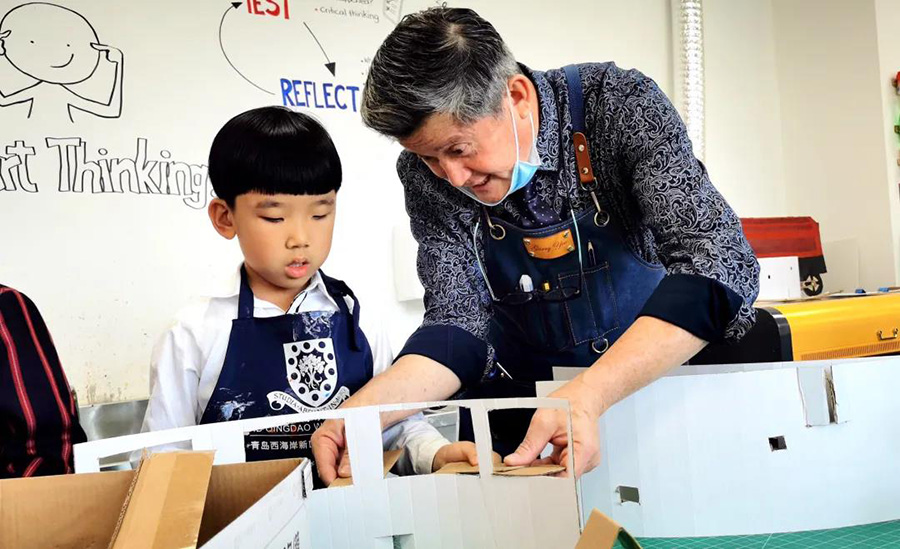
Without wanting to return to trite stereotypes, yet still wanting to base this project firmly in reality, we wanted all learners to understand, in a meaningful & fun way, why the different house designs existed. Then it came to us - what better way to understand why something is built than to actually build a model! So that’s exactly what the Grade 2 teachers and I finally settled on - building models of four different styles of Asian housing and the results were a treat!
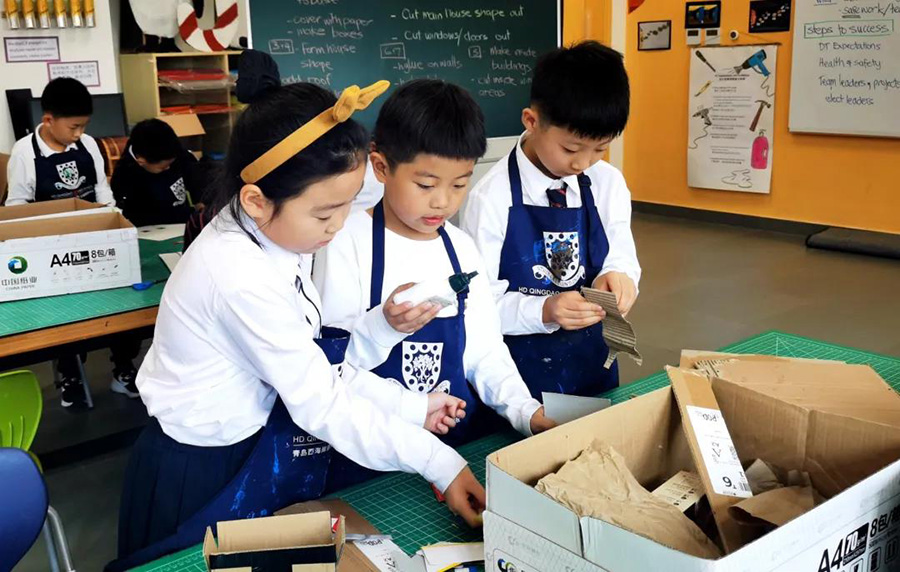
Using only recycled boxes and packaging, hot glue, some old chopsticks and twigs, wrapping paper, string and a little coloured paper , the children set about trying to work out how to build their model houses.
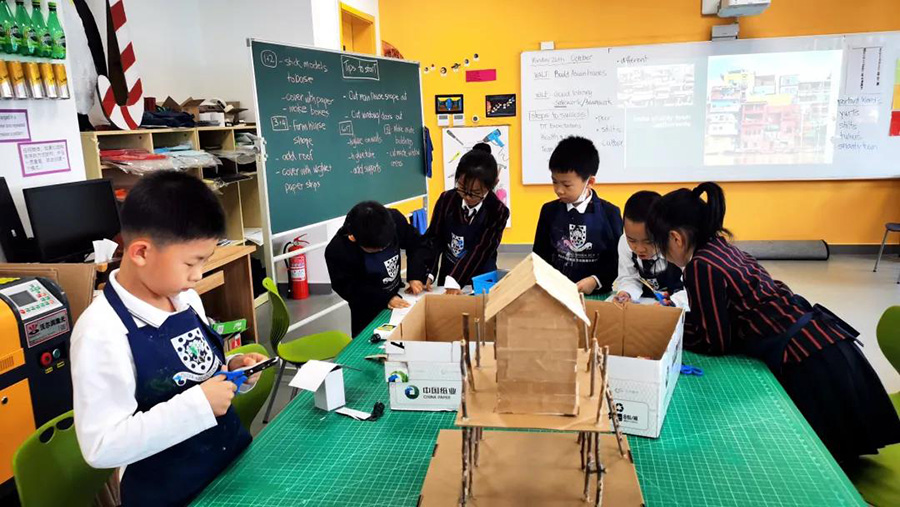
The children had to choose a team leader, organise their box of materials, work out who was going to work on which part, use a variety of tools safely, try to work to deadlines and work as a team.
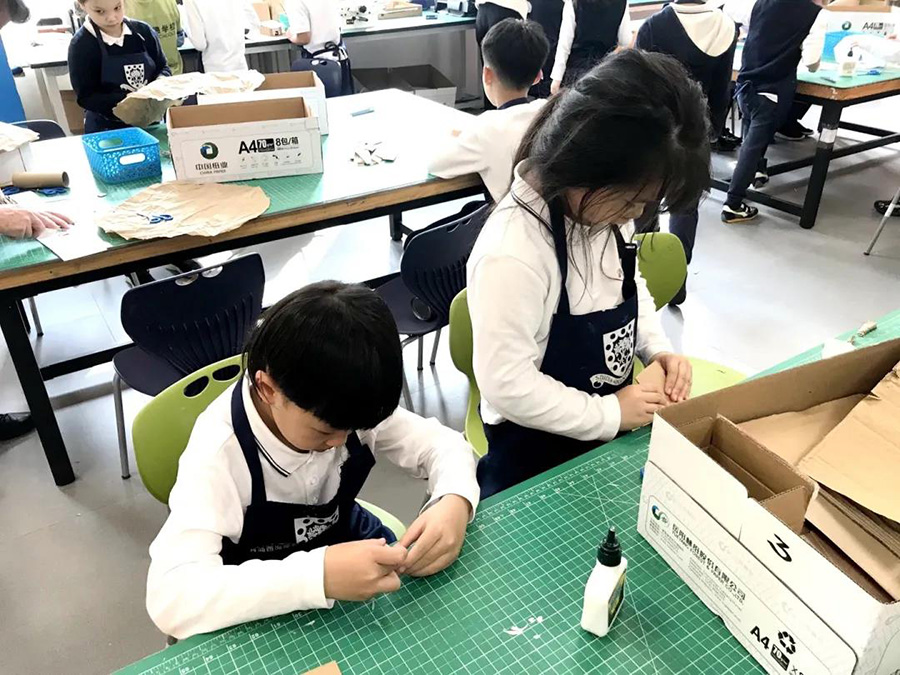
Along the way they learned that Mongolian Yurts were not meant to be built permanently because the Mongolians did not settle in one place as they had livestock to care for and moved regularly. They learned that shanty town dwellers were not as wealthy as many people and so lived in old huts made from recycled materials which were not very safe or comfortable. They learned that Hakka Tulou round houses often housed a whole village of up to twenty families and were designed to keep bandits out and that Vietnamese stilt houses were on stilts as the landform there has lots of rivers and flooding so it’s much safer for houses to be raised above the water.
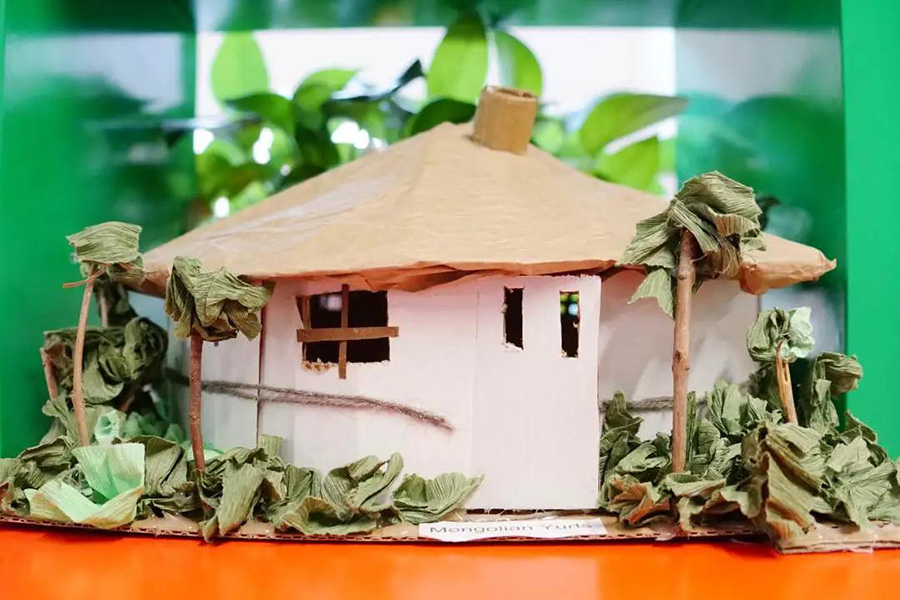
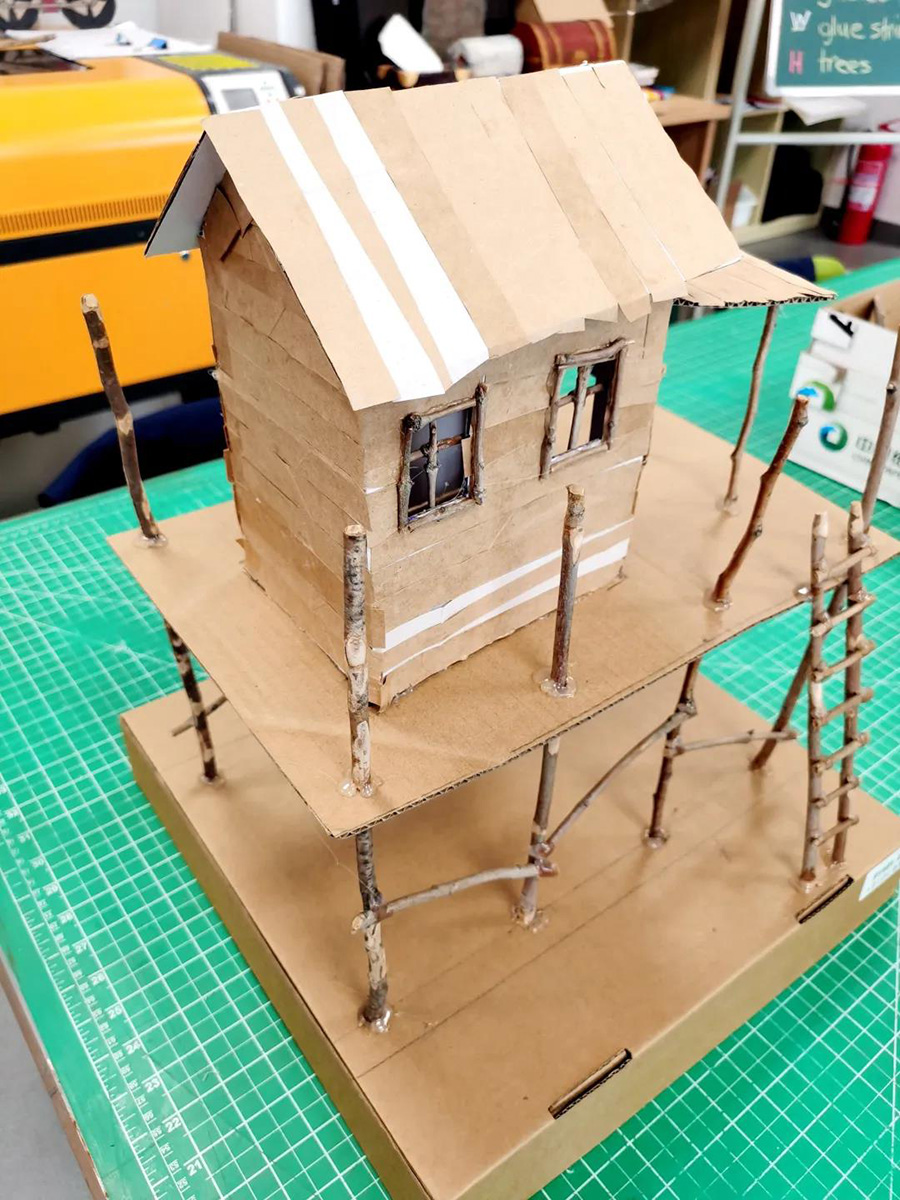
There was a time at the start of the project when we thought that maybe we were being a bit too ambitious in our aims for the project. On reflection however, I think we need to give students the opportunity to be challenged. We did this with Grade 2 and they have responded far beyond our expectations!


